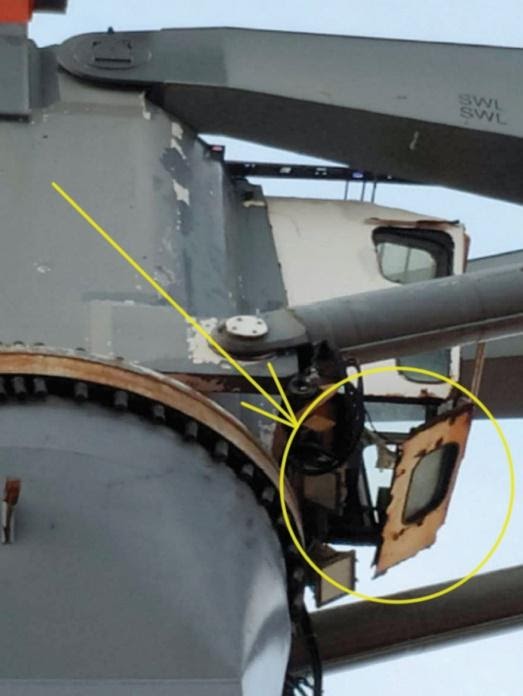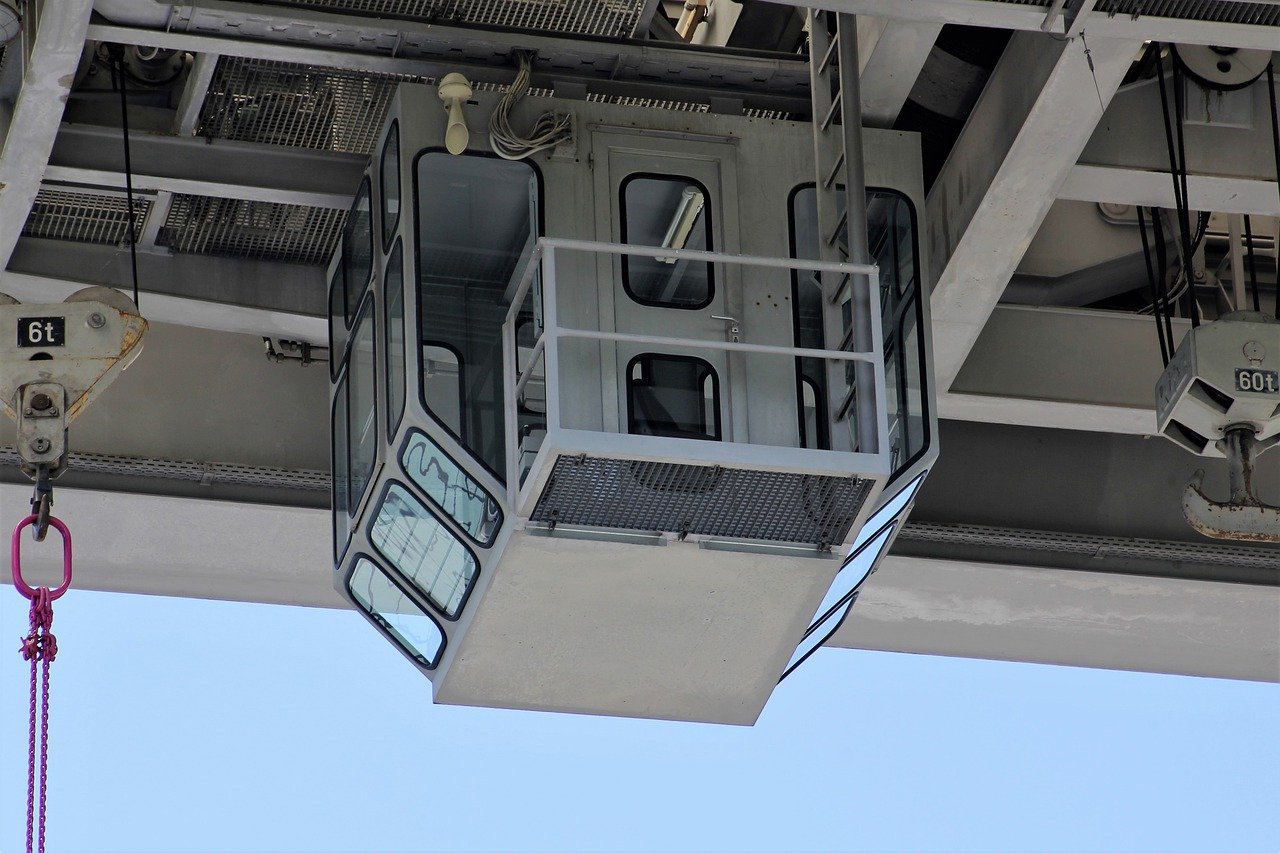Crane cabins are often high up in the air and should therefore be inspected regularly to check their safety, says The Nautical Institute. A recent Mars Report describes a crew member falling to his death due to the crane cabin floor giving way as a result of corrosion.
The Nautical Institute gathers reports of maritime accidents and near-misses. It then publishes these so-called Mars Reports (anonymously) to prevent other accidents from happening. A summary of this incident:
A container ship was in port to unload. A crew member entered the crane to work the cargo, but as he put his weight on the floor of the crane cabin, it gave way. He fell from the crane cabin, a height of nearly 20 metres. He later succumbed to his injuries at the hospital.

It was found that the base plate (floor) was severely corroded. Although the company’s planned maintenance system covered inspection of cranes, the corrosion of the base plate had not been detected.
Advice from The Nautical Institute
A crane cabin is essentially a “work at height” area with all the attendant risks of such a place. Every aspect of a crane cabin and ladder needs to be regularly inspected to ensure safety and integrity.
Mars Reports
This accident was covered in the Mars Reports, originally published as Mars 202051, that are part of Report Number 335. A selection of this Report has also been published in SWZ|Maritime’s October 2020 issue. The Nautical Institute compiles these reports to help prevent maritime accidents. That is why they are also published on SWZ|Maritime’s website.
More reports are needed to keep the scheme interesting and informative. All reports are read only by the Mars coordinator and are treated in the strictest confidence. To submit a report, please use the Mars report form.








